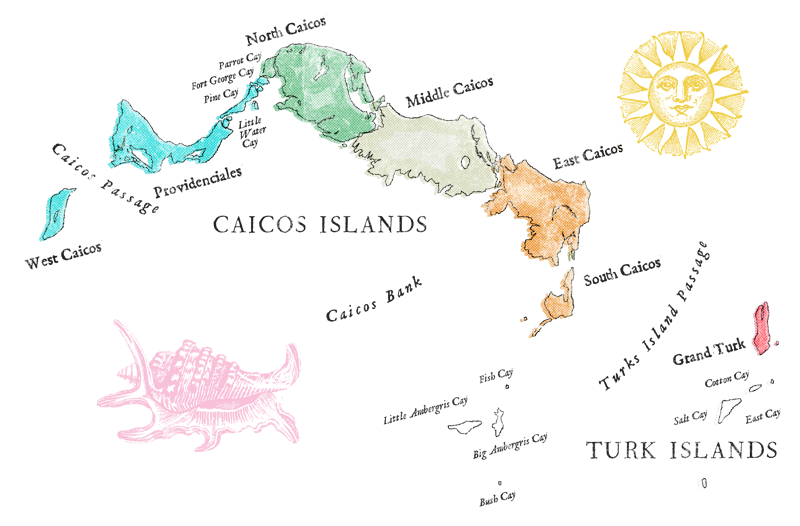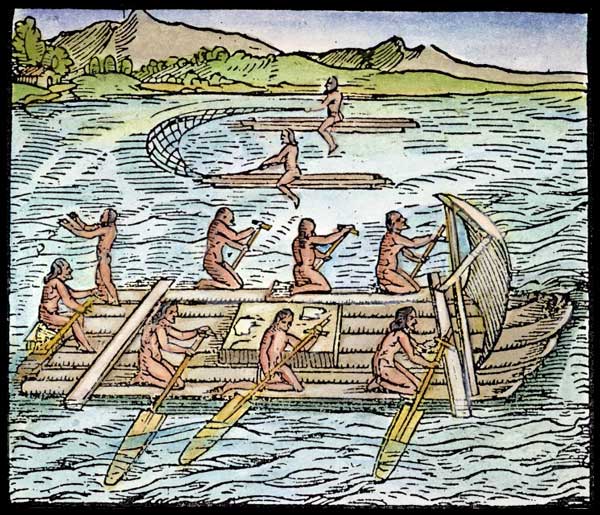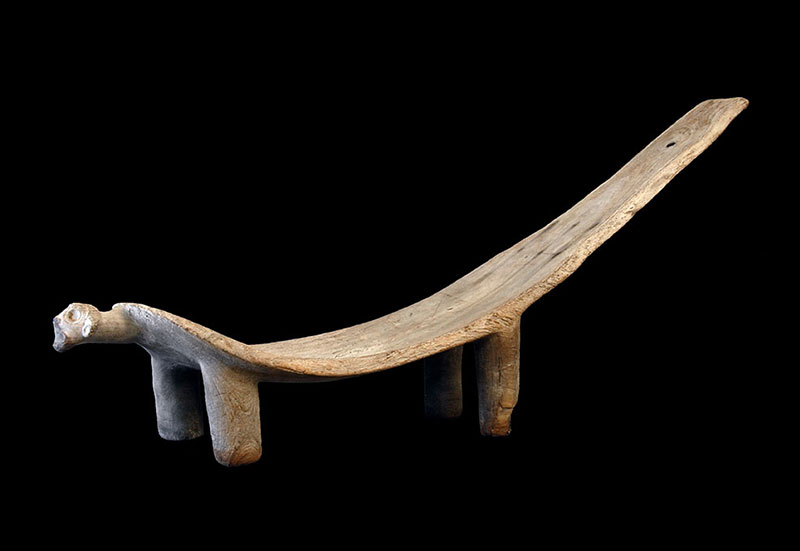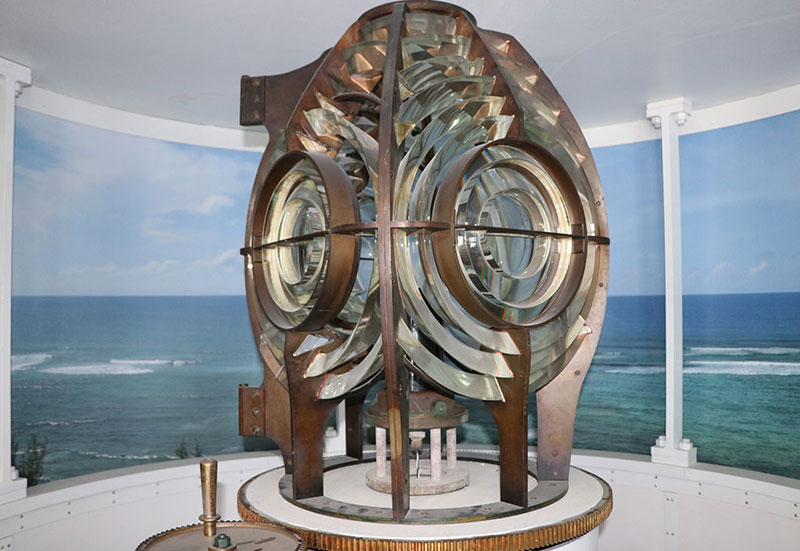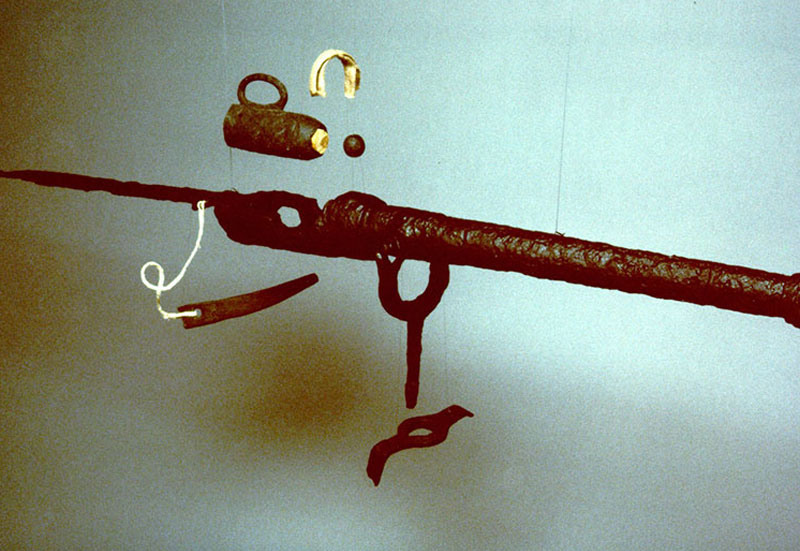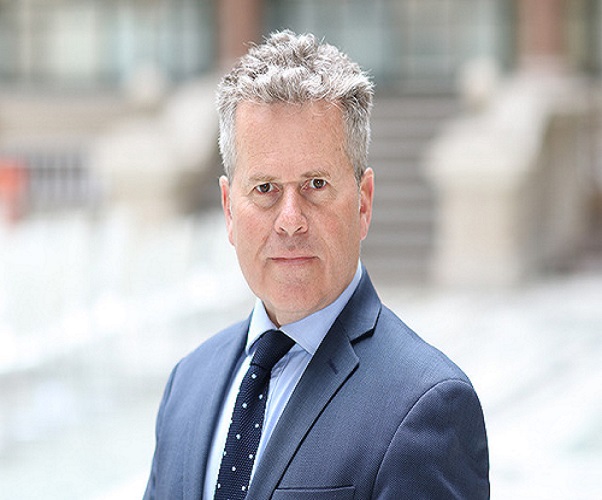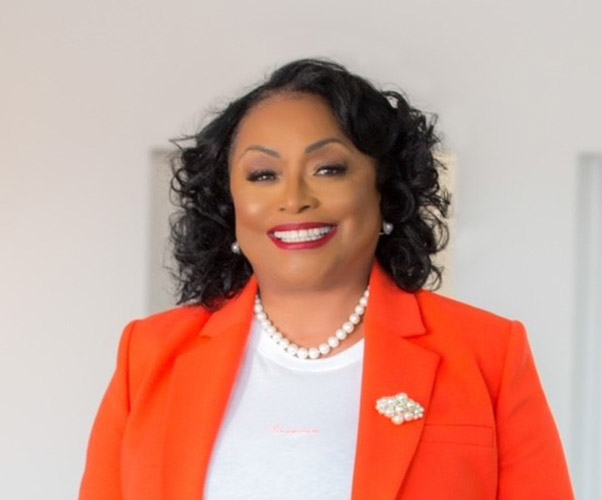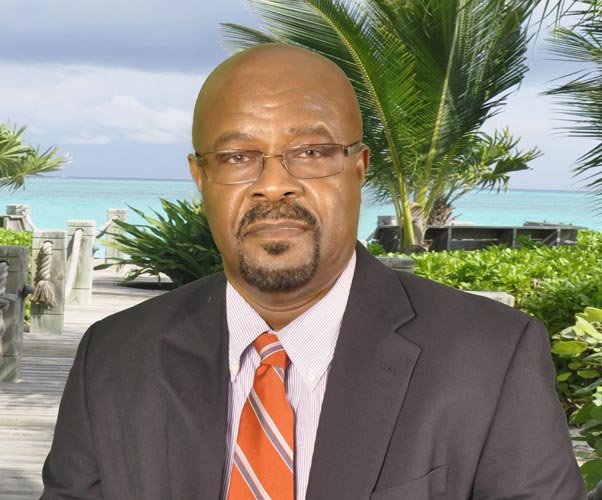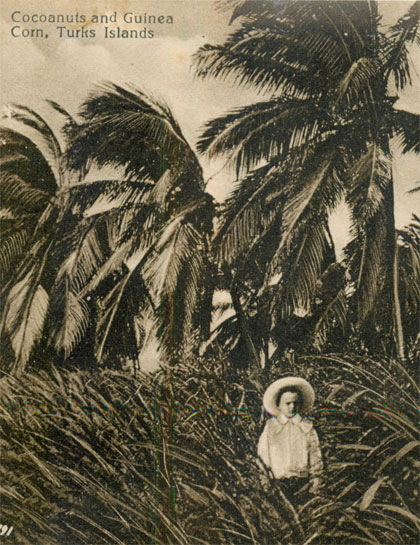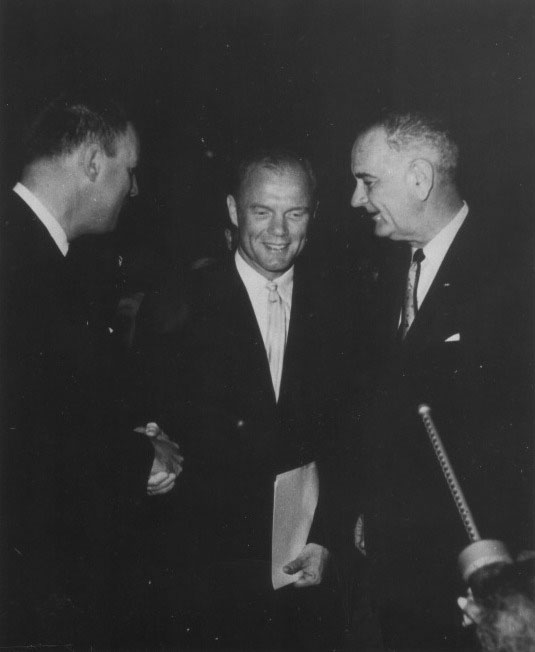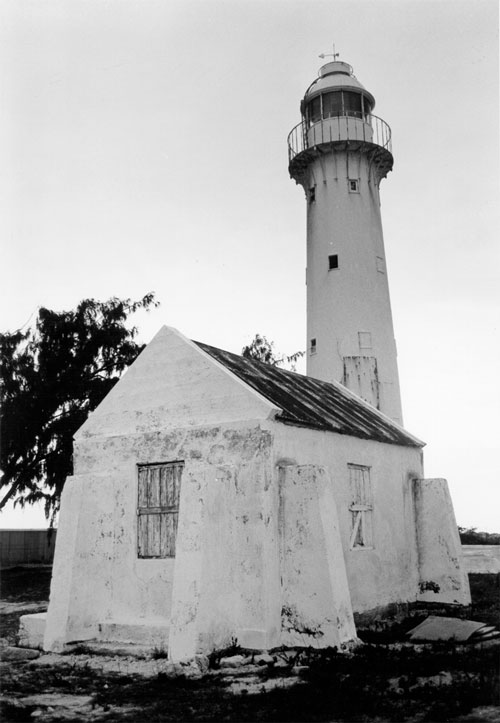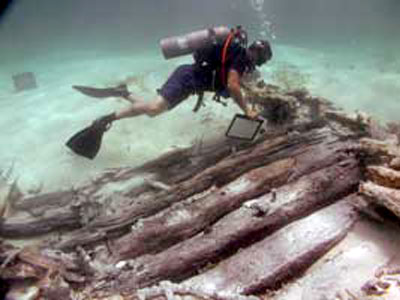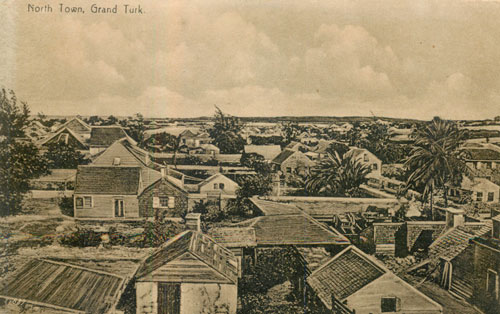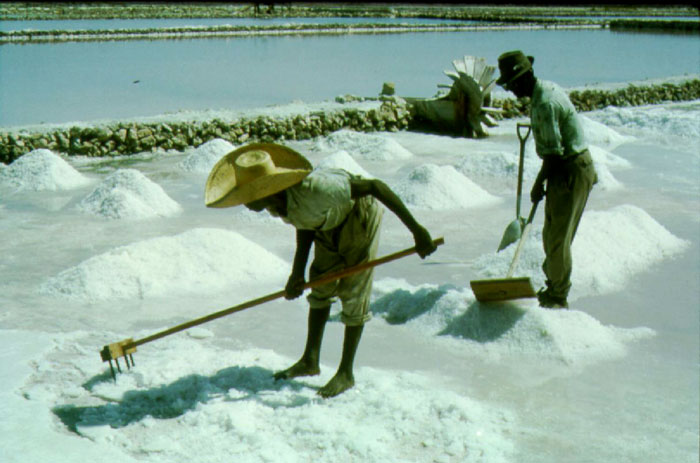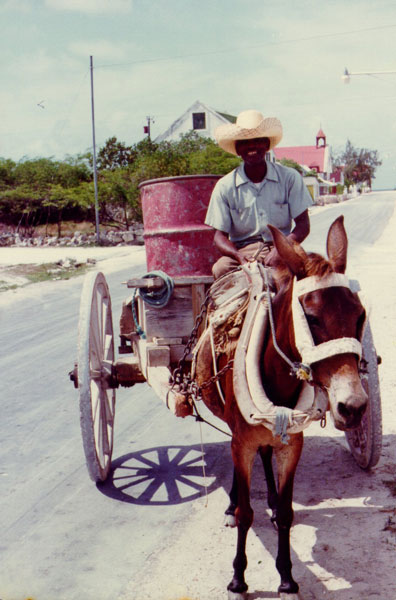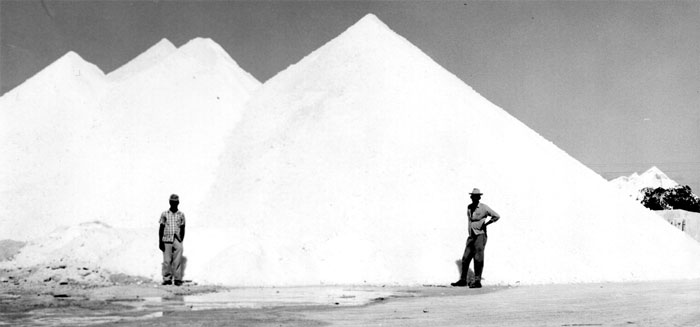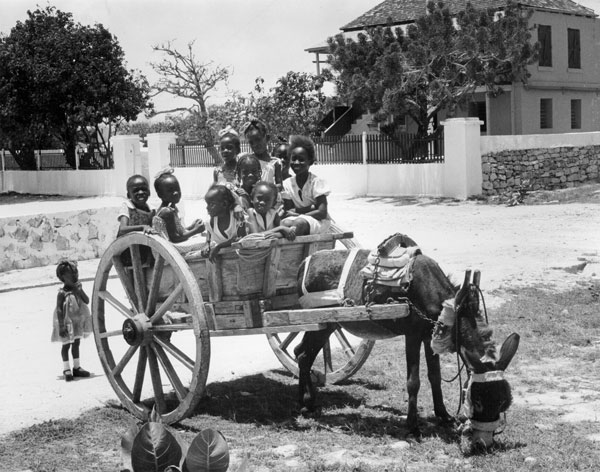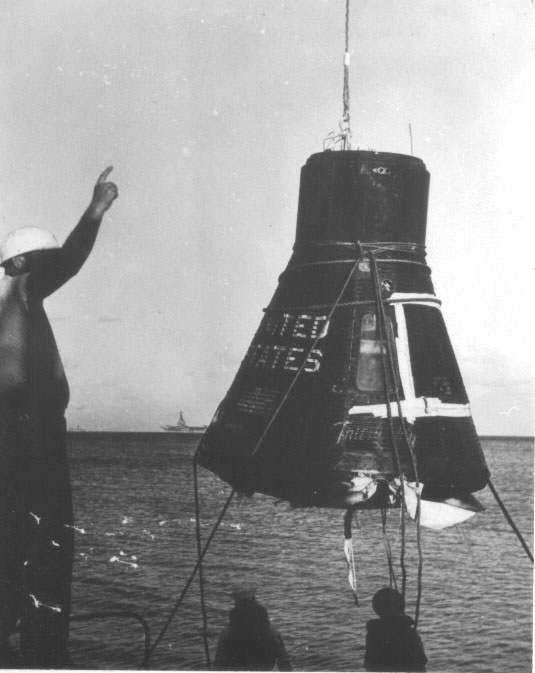The early connection between the Turks Island salt rakers and the government in the Bahamas who were in charge of these Islands was not a happy one. It was clear that the Bahamas benefited from its association with the Turks Islands, taking as much as 25% of all revenue raised through salt sales as taxes, but there was little benefit in the opposite direction. It was no wonder that the salt rakers opposed this rule when and wherever they could. The Kings Agent Andrew Symmer was clearly on the side of the salt rakers and allowed an illegal free port to operate from Grand Turk, much to the disgust of the Bahamas Assembly who saw precious revenue being lost. This free port allowed illegal trade with and between French, Spanish, British and Bermudan ships. It is only with recent investigation into this period that the items being traded have been better understood. In a letter to Governor Shirley of the Bahamas, Sam Gambier, who was sent to Grand Turk to assess the situation in October 1770, wrote: “Two hundred sail of vessels had discharged their cargoes here, and taken in others, several of which were French & Spanish vessels laden with sugars, melasses, coffee, rum wines etc. which they had exchanged for rice, flour, pork and beef, lumber, naval stores, negroes, salt etc.” (CO23/19).
An earlier list made in 1769 of ships and their cargoes clearly show a limited slave trade taking place on Grand Turk (CO23/19). The entries included the following:
–Commander Peter Humphrys – Sloop ‘’Speedwell’‘ – arrived June 9th from Domenica with 16 new negroes, 1 Cask Oyle – Loaded – 550 bush. Salt, 5 hhd Melasses, 8 hhds sugar – bound for N. Carolina
–Commander John La Targue – Brigantine “St, John Baptiste”- arrived June 10th from Santo Domingo with 24 hhds sugar – Loaded 11 new negroes – bound for Cape Francois
–Commander Wr. LaBlane – Sloop “St Jacques’‘- arrived June 16th from St. Domingo with 45hhds Melasses, 30 hhds sugar – Loaded 18 000 feet plank, 3000 shingles, 8000 bricks, 12 new negroes, Bound for St. Domingo
–Commander Benja. Stiles – Sloop “Harlequin” arrived June 15th from St. Eustatia – with 16 new negroes – Ballast, Bound for Caicos Islands
–Commander Alexander Cumbes – Sloop ‘’Polly’‘ arrived June 16th from St. Domingo with 14 hhds sugar – Loaded 5 new Negroes, 50 barr, flour – Bound for St. Domingo
–Commander Bargo – Sloop ‘’Rosarios” arrived June 26th from St. Domingo with 11 hhds Sugar, 6 hhds Melasses, 12 bags coffee, 3 barl,??, 3 loaves sugar, 2 hhds Claret – Loaded 11 new negroes, 5000 Staves, -Bound for St. Domingo
–Commander Bazptiste martin – Sloop ‘’ Friendship’‘ arrived June 21st from St. Domingo with 10 hhds Sugar, 4 hhds Melasses – Loaded 200 bush. salt, 6 new negroes, 30 barl pork – Bound for St. Domingo
–Commander Anthony Ancone – Schooner ‘’Pecue’‘ arrived July 6th from St. Domingo with 6 hhds Sugar, 1 case Wine – Loaded 12 barl. Mackrell, 10 barl. Herrings, 1000 Red Oak Staves,6 new negroes – Bound for Cape Francois
This free port was gradually reduced and came to an end with the setting up of a customs house in Grand Turk to collect the relevant duty.
